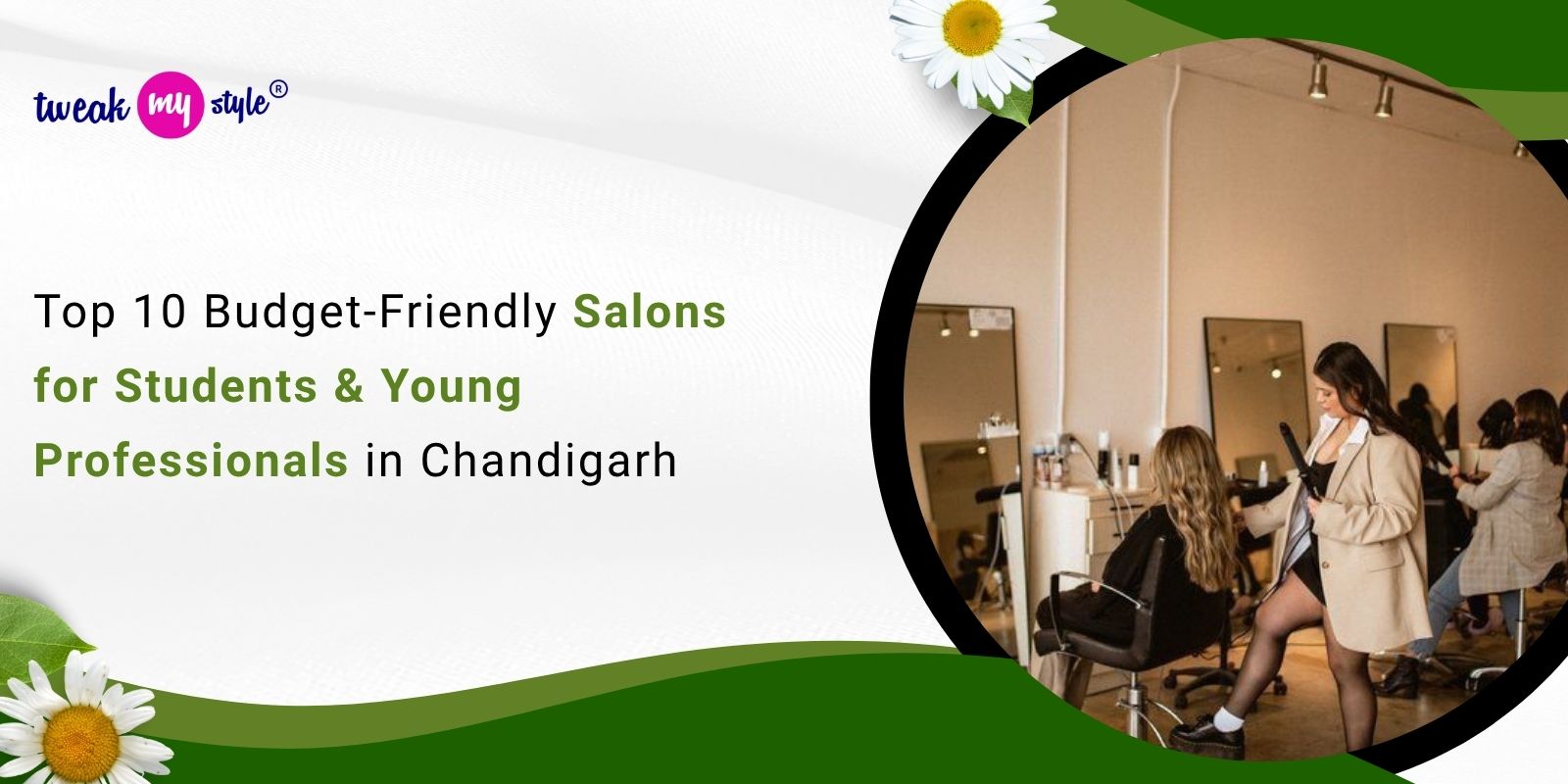Looking your best doesn’t have to break the bank, especially if you’re a student or a young professional balancing studies, work, and social life. Chandigarh, known for its vibrant culture and fashion-forward crowd, offers a range of affordable salons that combine quality services with wallet-friendly prices. Whether you need a fresh haircut, a rejuvenating facial, or a quick mani-pedi, here’s a curated list of the top 10 budget-friendly salons in Chandigarh that cater perfectly to your needs without compromising on style or service.
List of the Budget-Friendly Salons for Students & Young Professionals in Chandigarh
1. Chandigarh Salon at Home – Convenience Meets Affordability
Femina Plus Luxe Salon blends luxury with affordability, making it a popular spot among young adults. Located in Sector 9, it boasts a welcoming atmosphere and a wide range of services from haircuts to skincare. The salon is LGBTQ+ friendly and wheelchair accessible, emphasizing inclusivity. With a high rating and numerous positive reviews, Femina Plus Luxe offers excellent value for money, balancing professional service with prices that students and young professionals can comfortably afford.
Head Honchos Salon in Sector 40D is a favorite among Chandigarh’s youth for its affordable prices and excellent service quality. The salon is known for its friendly staff and inclusive environment, welcoming all clients with warmth. Whether you want a fresh haircut, styling, or makeup for a special occasion, Head Honchos offers professional services that fit student budgets. Their convenient payment options and high customer satisfaction make it a reliable choice.
Lakme Salon is a household name in beauty and grooming, and its Chandigarh outlets maintain the brand’s reputation for quality and affordability. With locations in Sector 35D and Mohali, Lakme offers a comprehensive range of services including haircuts, facials, and bridal packages. The salon’s professional approach and consistent service quality make it a dependable option for young clients seeking value without compromise. Their appointments system ensures you get timely service without long waits.
For those who prioritize expert hair care on a budget, Sameer Hair Artist in Sector 9 is a gem. With a perfect rating, this salon is praised for its skilled hairdressers and personalized attention. It’s ideal for students who want to maintain healthy, stylish hair without splurging. The salon’s friendly atmosphere and efficient service make it a smart choice for young professionals needing quick yet quality hair treatments.
Glamazone Unisex Salon in Sector 21C offers a wide range of beauty services at pocket-friendly prices. Known for its affordability and decent service quality, it’s a go-to for students looking for budget-friendly haircuts and grooming. The salon’s location and flexible appointment system make it convenient for busy schedules, while their skilled staff ensure you leave looking fresh and confident.
Tress Lounge is a well-regarded unisex salon that combines a luxurious ambiance with affordable pricing. Their professional stylists are known for suggesting haircuts and styles that best suit individual clients, making it a favorite among young people who want expert advice without overspending. With a reputation for using quality products and maintaining hygiene, Tress Lounge offers a premium experience accessible to students and young professionals.
9. Hair Masters – Cutting-Edge Style Meets Budget
Hair Masters in Sector 9C is known for its cutting-edge styling and skin care services at reasonable rates. This salon’s professionally trained staff provide everything from haircuts and facials to waxing and bridal packages. Their commitment to hygiene and quality makes them a trusted choice for young clients who want to look their best without stretching their budget.
10. Affinity Salon – Award-Winning Service at Student-Friendly Prices
Affinity Salon in Sector 9C has earned accolades such as the Vogue Beauty Award, and yet it remains accessible for budget-conscious clients. Their stylists are trained in sophisticated and trendy hairstyles, perfect for students and young professionals eager to experiment with new looks. The salon’s friendly environment and comprehensive beauty services, including spa and nail care, make it a versatile and affordable option.
Final Thoughts
Chandigarh’s salon scene offers a wonderful blend of quality, style, and affordability, making it easy for students and young professionals to maintain their grooming without financial stress. From home services to award-winning salons, the city caters to every budget and preference. Remember, the key to great grooming is not just the price but also consistency and choosing a salon that understands your style and needs.
So, whether you want a quick trim, a complete makeover, or regular skincare, these budget-friendly salons in Chandigarh are your perfect partners on your journey to looking and feeling your best without burning a hole in your pocket!

















Share this post on: